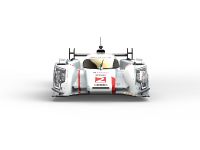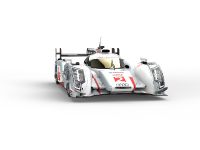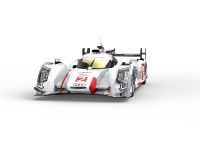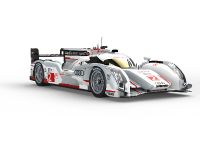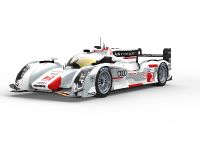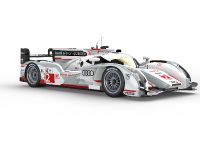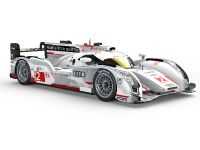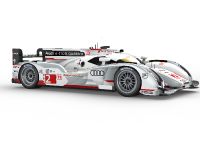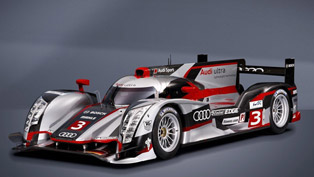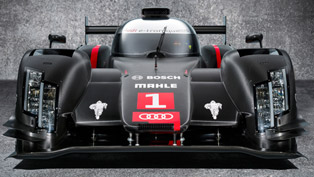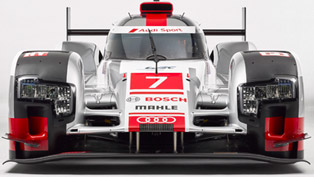Audi R18 e-tron quattro Focuses On Safety At Le Mans
 This year Le Mans 24 Hours celebrates its 90th anniversary. In it will see many exclusive models competing and among them is the 2013 Audi R18 e-tron quattro. The main focus in this racing car is the active safety systems which defuse dangerous situations in the preliminary stages.
This year Le Mans 24 Hours celebrates its 90th anniversary. In it will see many exclusive models competing and among them is the 2013 Audi R18 e-tron quattro. The main focus in this racing car is the active safety systems which defuse dangerous situations in the preliminary stages.
Some of the already available assistance systems in standard Audi models are for instance the ‘Audi side assist' which facilitates lane changes; the ‘Audi pre sense' that helps avoid accidents; the night vision assistant which helps the driver in seeing pedestrians.
However, not all of the technologies that are being offered are suitable for racing. Race drivers are expected to demonstrate their skills on the wheel instead of having their most challenging tasks performed by electronic assistants. However, Audi still managed to equip the new 2013 Audi R18 e-tron Quattro with assistance systems which are going to help in the competition.
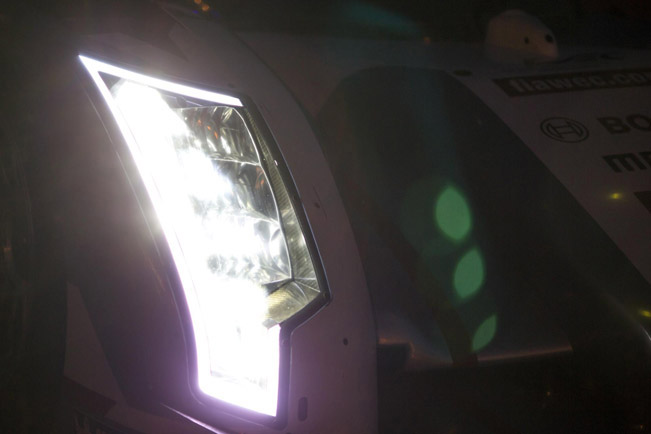
The first example is that the lighting technology has been improved by extending the headlight sight distance by 85 percent. The drivers will benefit from a light beam that is more than 800 meters long.
In addition, the every headlight comprises of eight LED units and even more, the engineers have used matrix-beam principle which now can divide the light into individual segments. Next, Audi also utilized the technology known as cornering light. The LEDs on the outside of the corner are dimmed and the ones on the inside of the corner emit a brighter light.
Another interesting technology featured here is the digital rear-view mirror, which is mounted on the roof above the driver. On it the driver can see the traffic behind the car with a field angle of 60 degrees. The electric signal is transmitted to a display in the cockpit, featuring innovative AMOLED technology.
This acronym stands for Active Matrix Organic Light Emitting Diode or to say it even simpler - an organic light emitting diode with active matrix technology. The screen has a diagonal of 6.8 inches and the display has a resolution of 600,000 pixels.
This new system has several advantages over the standard mirrors. First of all it remains free from vibrations. Secondly, the blind spot behind the car has been eliminated. Next, when lapping other cars, it is easier for the drivers to judge when they can change lines.
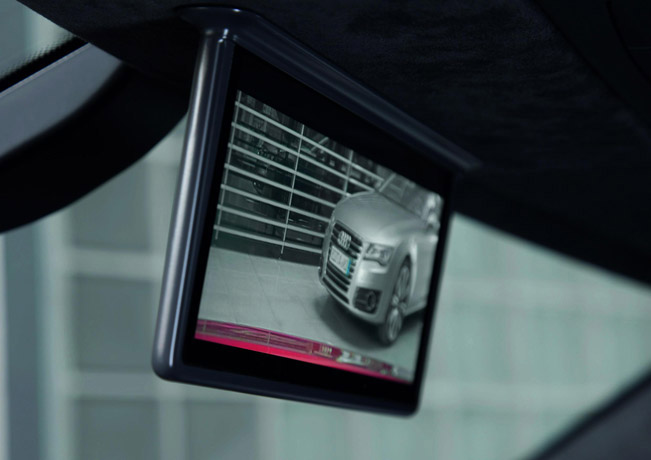
One of the major changes featured in this car is in the steering wheel, which now includes 13 buttons that are located on the front. They can be utilized to control functions such as brake force distribution, traction control, the radio, drink supply, the starter and electronic functions. What is more, there are also rotary controls that help influence the engine and traction control system maps.
Furthermore, a digital display shows the information about the absolute lap times, times in track sectors, the difference to previously clocked lap times or tyre inflation pressure. It is located in the centre of the driver's field of vision and is accompanied by alarm functions.
The two-way radio communications on the other hand make fast exchanges of important information, in order to help the driver respond quickly and influence the car's handling by using the steering wheel functions.
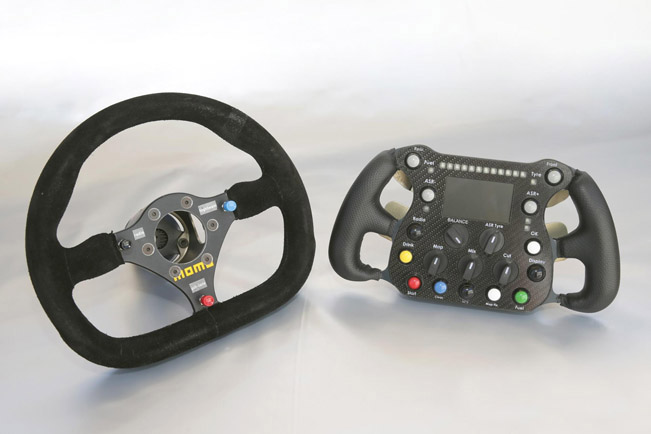
Source: Audi
